Looking to the Future of Satellite-derived Bathymetry
More than 45 delegates from more than 15 countries around the world gathered in Germany for the first international Satellite-Derived Bathymetry Day (SDB Day) organized by EOMAP on June 6-7 to anticipate what’s to come for SDB technology in the next years and revealed future opportunities for providers and users.
EOMAP CEO, Dr. Thomas Heege, commented, “The support for the SDB Day was fantastic. All relevant institutions – hydrographic offices, marine industry, service providers and research institutes – picked up on the themes of capabilities, data integration, requirements and quality standards. Joint considerations are really coming to the force, which is great to see.”
Initially established as a reconnaissance tool for shallow water bathymetry only, cutting-edge SDB techniques are increasingly used as a cost-efficient and rapid survey method for acquiring high-resolution bathymetric data down to water depths of 30 meters.
Presentations at the SDB Day 2018 reflected a great optimism for the SDB technology. Dr. Mathias Jonas, Secretary General of the International Hydrographic Organization (IHO), stated, “Satellite-Derived Bathymetry has arrived into practice and it has matured as a regular means for shallow water surveys. The SDB Day was an excellent platform for providers and users. For the global standardization of hydrography, we have understood that we need to adopt this new technology in the IHO framework and see how to associate it to our technical standardization and how to anchor it with our education and training programs.”
Dr. Magnus Wettle, Managing Director at EOMAP Australia, said the involvement of speakers underlined the growing importance of the SDB technology for shallow water surveys: “We are happy that the conference came up with such an impressive uptake on SDB, and with the support of providers and users we can all play an active part in this ongoing initiative.”
As a result and initiated by the participants, first steps were taken to form a Satellite-Derived Bathymetry Working Group.
“SDB is recognized as part of an integrated approach for nearshore mapping alongside with traditional survey methods,” said Dr. Marco Filippone, Chief Hydrographer at Fugro. “We can use SDB to augment existing technology as a benchmark for high definition data sets and with this new technique develop together enabling technology, processing workflows and machine learning – and we can really speed up the process providing the final users with a product that can be used for their needs.”
The next SDB Day will be announced shortly.

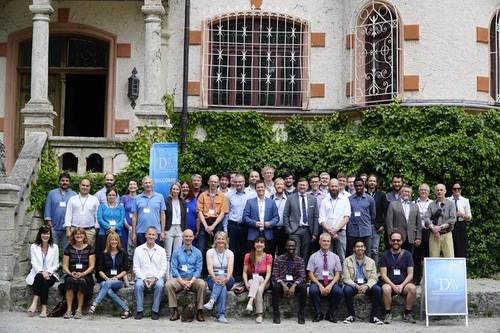
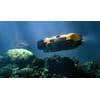
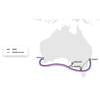
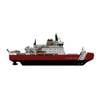
![Microplastic beads seen in the central tube of a copepod [their intestinal tract], as evidenced here, fluorescently labelled beads help with visualization and identification. © PML](https://images.marinetechnologynews.com/images/maritime/w100h100padcanvas/microplastic-beads-seen-166795.jpeg)

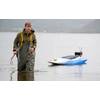









 December 2025
December 2025



